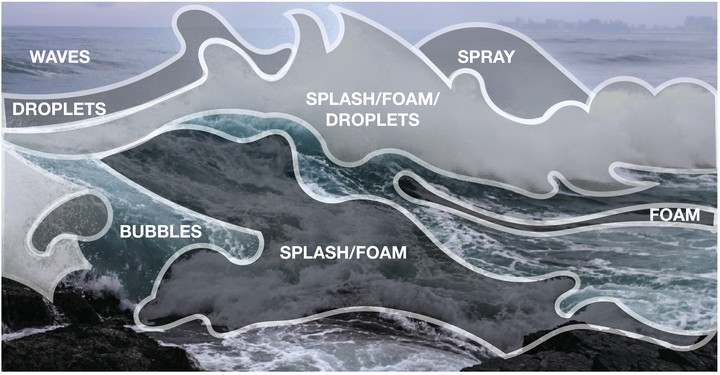On the use of Particle-in-Cell methods in Visual Effects

Abstract
After rendering, fluid simulation remains the most computationally expensive task in Visual Effects production. However turbulent and photorealistic fluids are arguably some of the most visually exciting dynamic physical phenomena used in film and are ubiquitous in new films. These effects are typically the result of multiple interacting visual components, the combination of which delivers a seemingly complex visual effect. Francis Harlow is widely credited as being responsible for the establishment of computational fluid dynamics (CFD) as an important discipline. His work while at the Los Alamos National Laboratory, where he served as group leader for 14 years, has produced some of the most fundamental contributions to the area of CFD for computer simulation of fluids, including the Particle-In-Cell (PIC) and Marker-and-Cell (MAC) grid methods, which underpin the methods used in Visual Effects today. The central premise of PIC methods is to represent fluid as a hybrid representation, with particles and associated information where advection is computed, and a grid which computes everything else. Contemporary methods differ in the manner in which particles are transfered to and from the underlying grid representation, and what information is stored with the particles.
Media
Access talk slides and accompanying notes here.